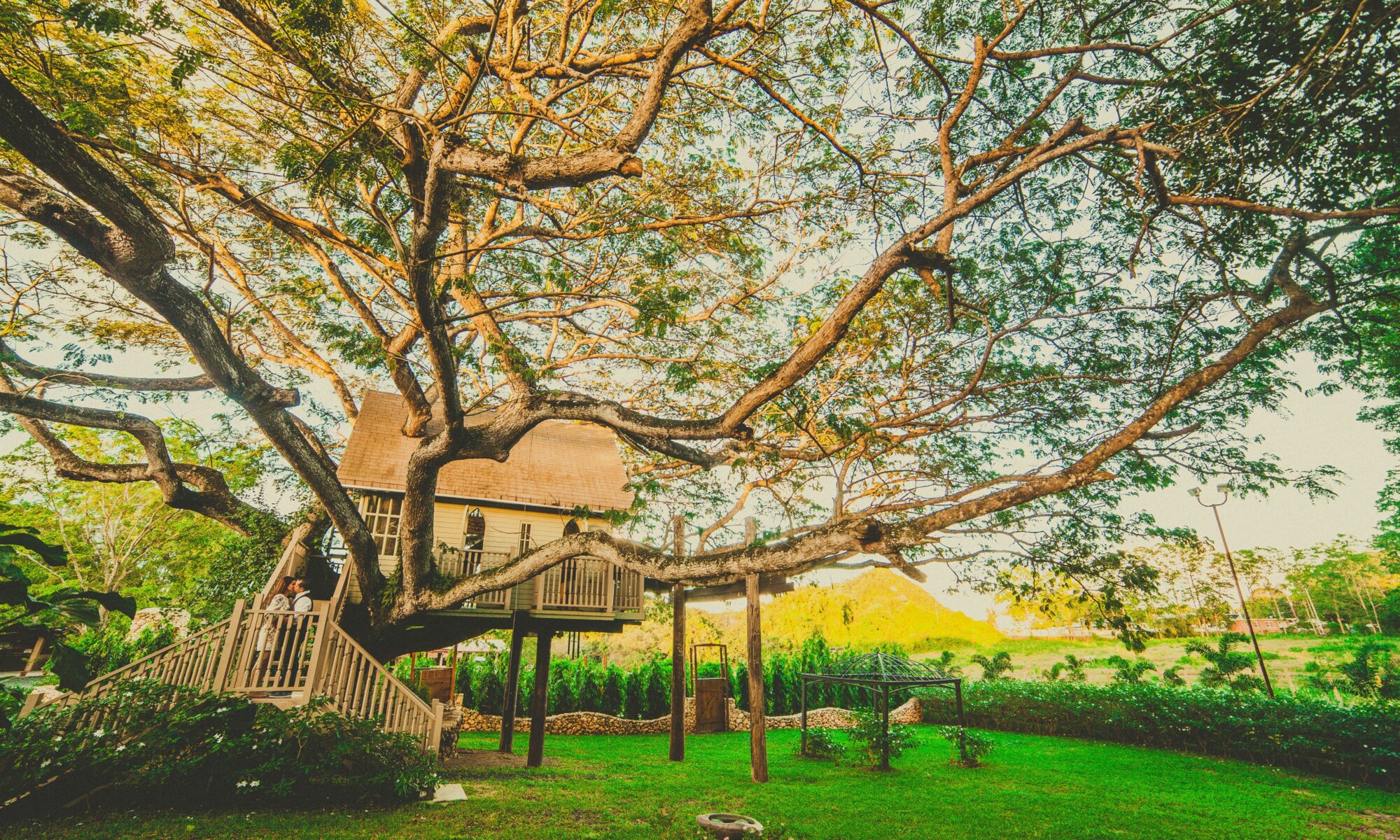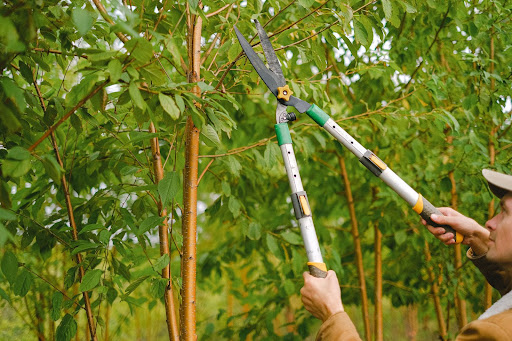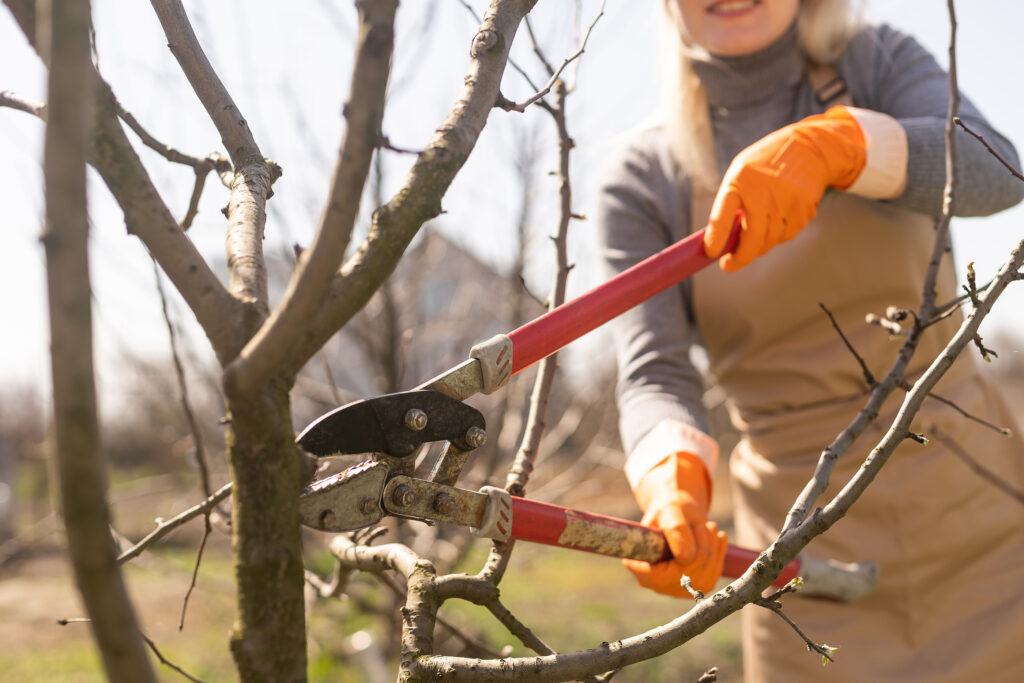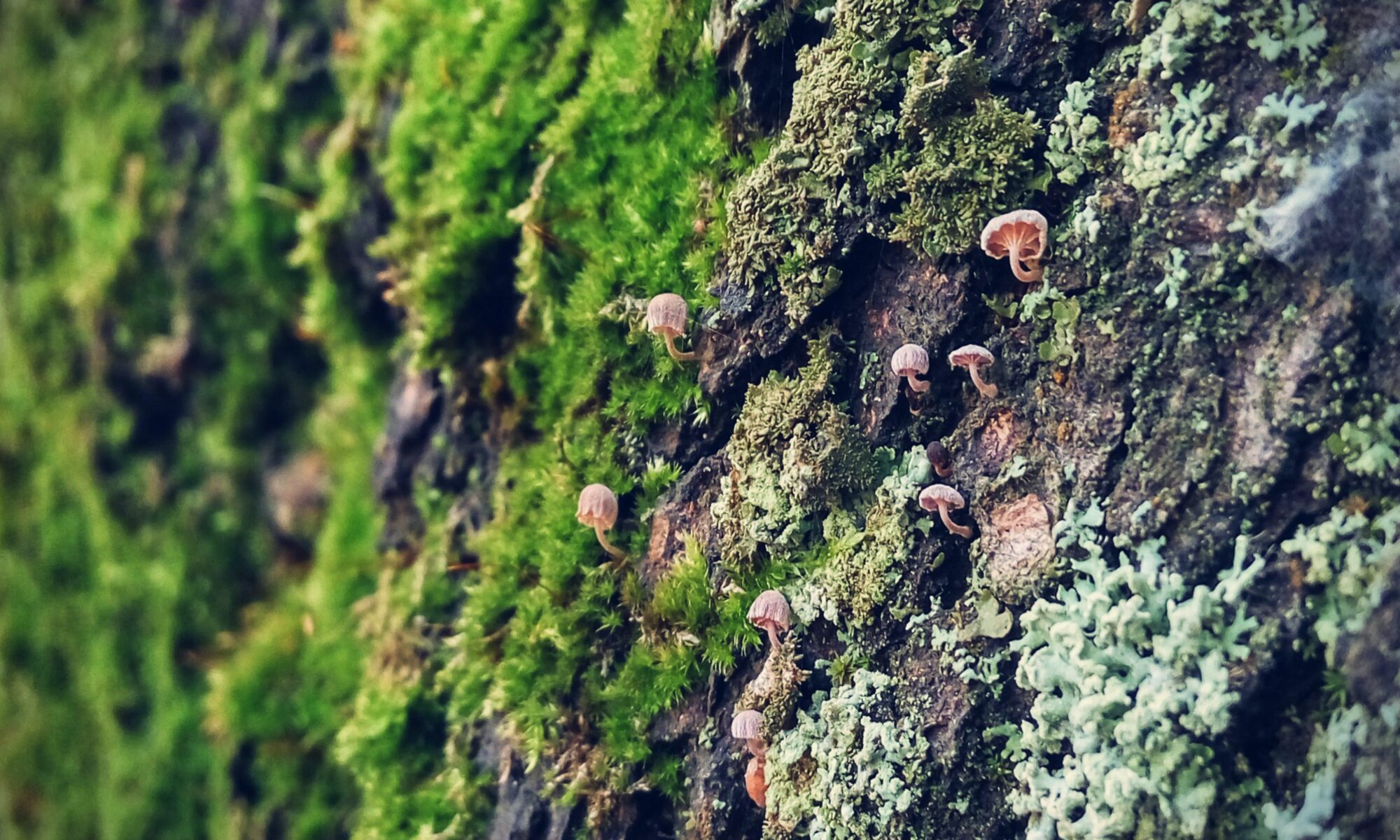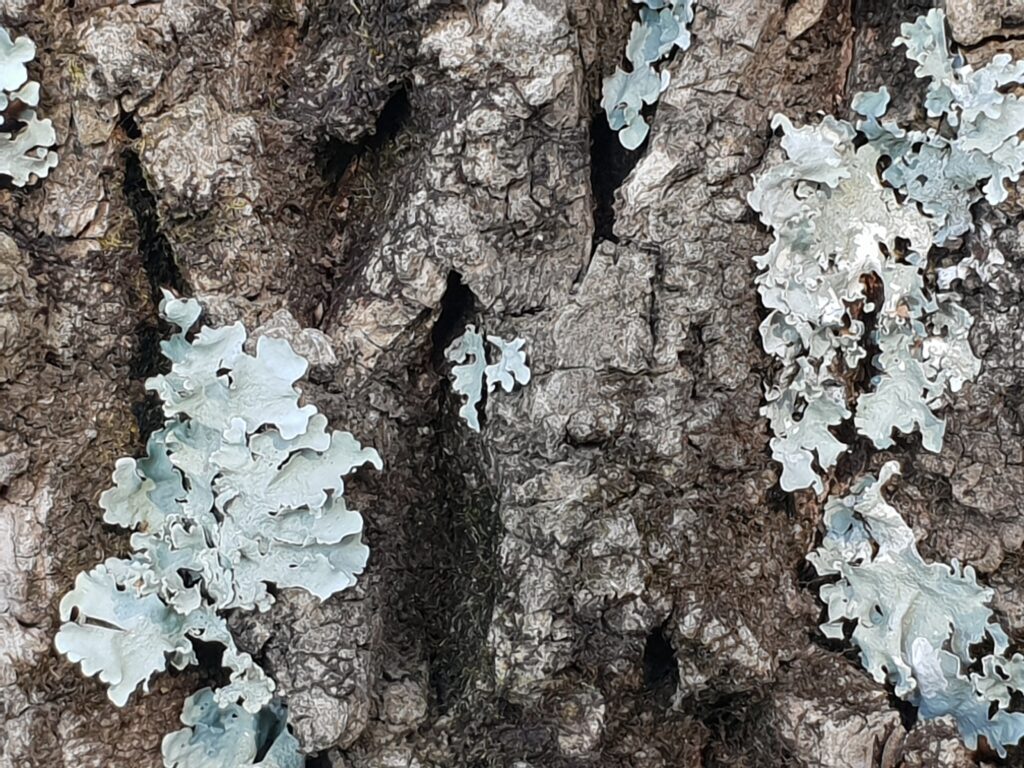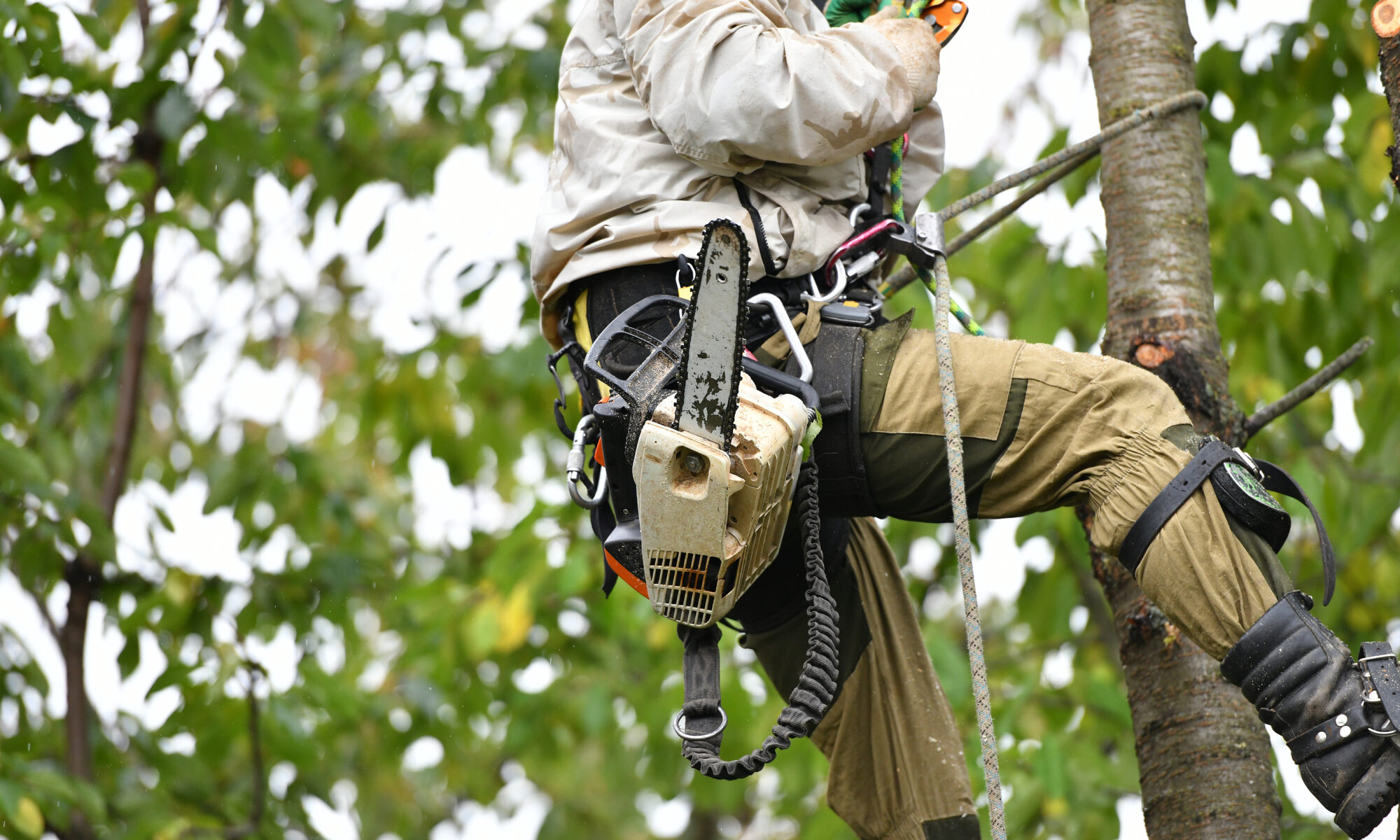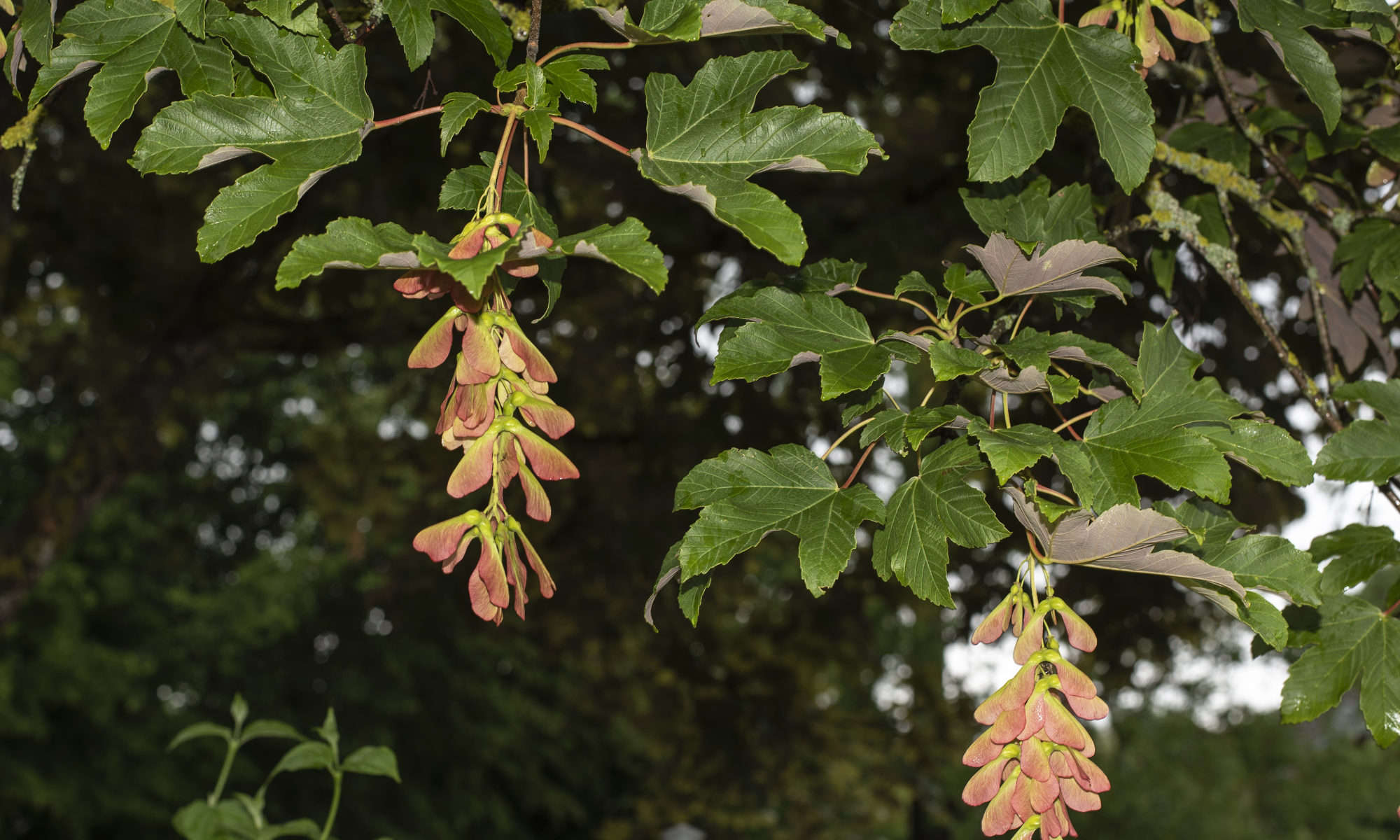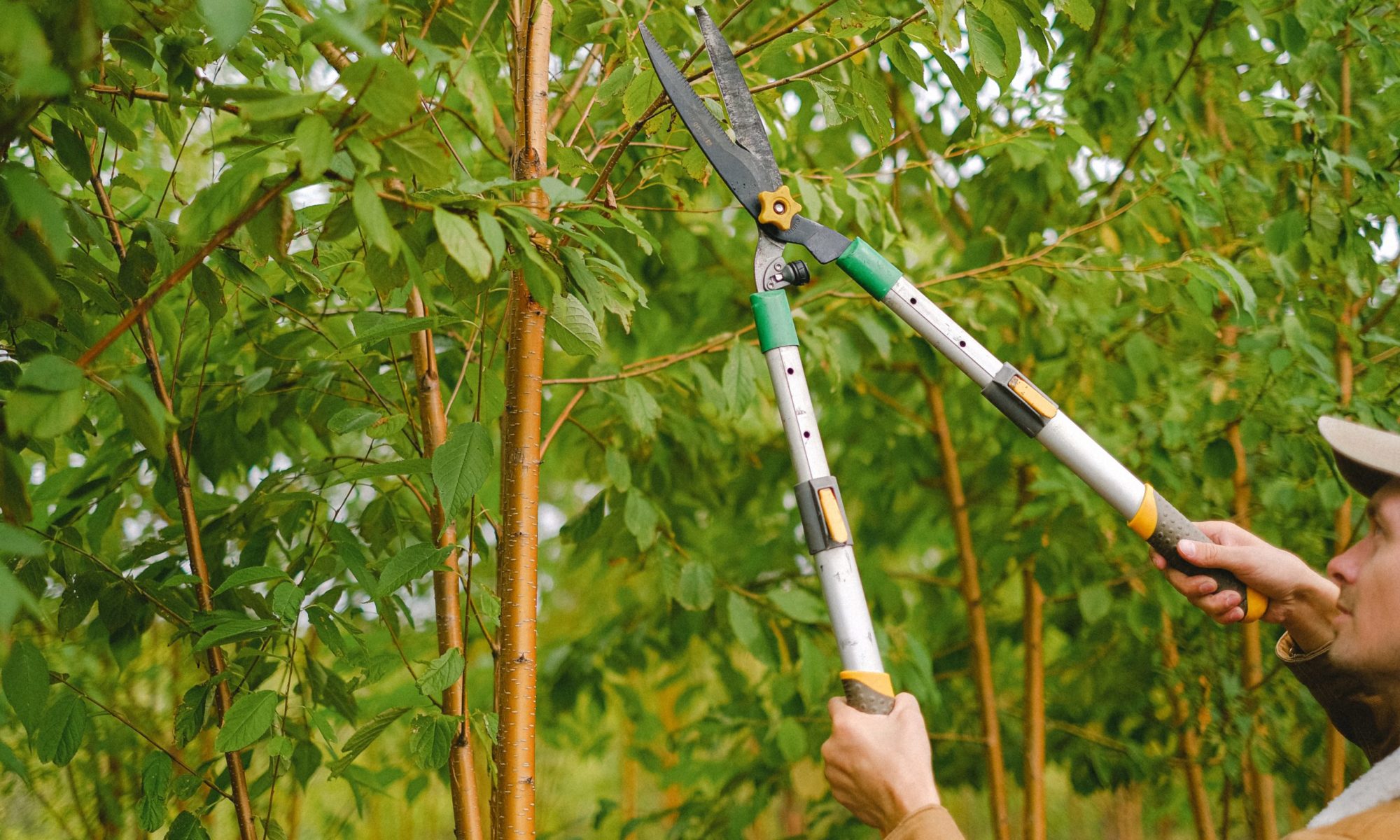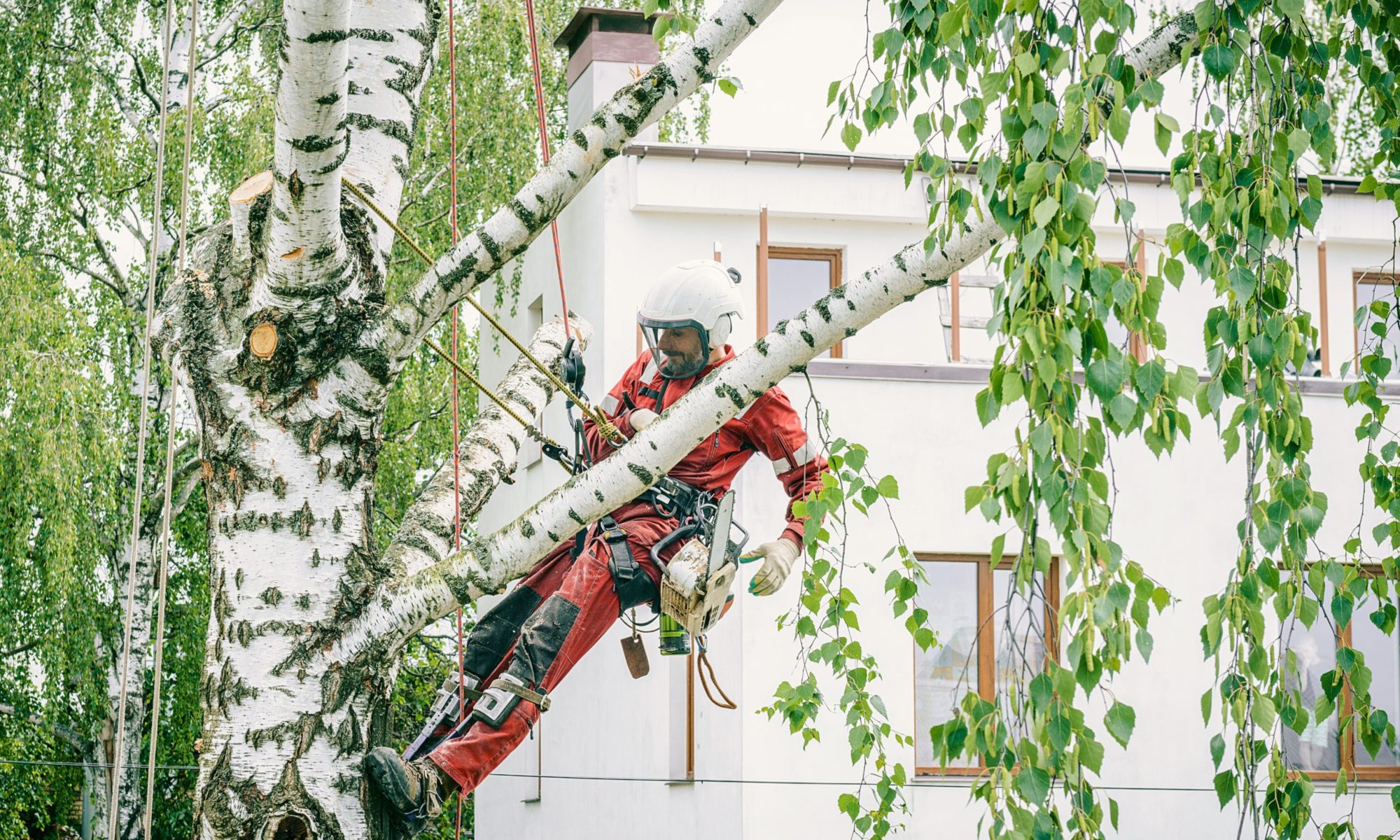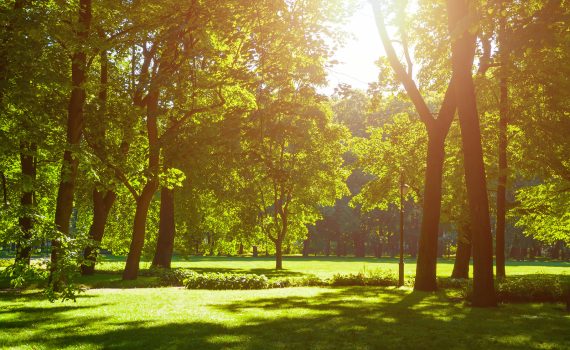Trees are a lovely part of nature that we all enjoy in our yards and on tree-lined streets. But beautiful as they are, trees can be dangerous. Trees or branches can fall and cause injuries or damage to property. Recognizing these types of tree hazards before they happen is sometimes apparent – dead branches, leaning trunks, rotted wood, or fungi are easy to see with the naked eye. Other signs may not be so obvious, and a silently hazardous tree is much more dangerous than one that is clearly a hazard.
This blog post will discuss how to reduce tree risk by recognizing and preventing tree hazards.
Reducing Tree Risk: The Basics
Reducing tree risk is as easy as some basic knowledge and, sometimes, the help of a qualified arborist.
Regular inspections from an arborist will identify potential hazards and provide recommendations for remediation. In addition, basic knowledge about trees can help you prevent many dangers in the first place. For example, proper pruning techniques can help a tree stay healthy and robust, while incorrect pruning can damage a tree and make it more susceptible to disease or structural problems.
By following these tips, you can help keep your trees healthy and reduce the risk of hazards on your property.
Identifying Potential Hazards
Does your tree:
- Have dead or hanging branches?
- Appear to be leaning?
- Show signs of rot, such as mushrooms growing at the base of the trunk?
- Have cracks or splits in the trunk?
- Display broken or damaged roots?
- Have heavy or major branches that are growing horizontally?
If you answered yes to any of these questions, your tree might be in danger of falling and causing damage or injury. These are all signs that you should have your tree inspected by a qualified arborist.
Reduce Tree Risk by Preventing Hazards
- Dead or Hanging Branches. Dead or hanging branches are a common hazard and can be easily prevented with regular pruning. If pruning yourself, always use the proper techniques to avoid damaging the tree.
- Leaning. Trees naturally lean a little bit, but if your tree is leaning more than 15 degrees, it may be in danger of falling. This is often caused by an uneven root system or damage to the roots. If you suspect your tree is leaning too much, have it inspected by an arborist.
- Rot. Rot is caused by fungi that breaks down organic matter, and it can make your tree structurally weak. If you see mushrooms growing at the base of your tree or any other signs of rot, have an arborist inspect it as soon as possible.
- Cracks or Splits. Cracks and splits in the trunk are usually caused by damage to the roots or heavy branches. These can make your tree more likely to fall, so it’s vital to have them inspected and repaired by an arborist.
- Broken or Damaged Roots. Root damage can cause several problems, including leaning, cracking, and splits. If you suspect your tree has damaged roots, have an arborist inspect it.
Precautions for Storms and High Winds
Storms can cause trees or branches to fall, even if the tree is healthy.
To prevent storm damage, it’s essential to:
- Prune dead or hanging branches before the storm season.
- Remove any damaged or diseased trees before they have a chance to fall.
- Reduce the number of branches in the canopy to reduce wind resistance.
- Anchor large trees with guy wires to prevent them from toppling over.
- Stake young trees or those that are prone to storm damage.
If a storm is approaching, it’s also essential to:
- Remove any loose items from your yard that could be blown into your trees and damage them.
- Move your car to a safe location away from trees.
- Stay inside during the storm and avoid areas where trees could fall.
Check Out Our Related Resource: How to Properly Dispose of a Fallen Tree
Is Your Tree Hazardous? Consult with an Arborist to Find Out
An arborist is like a tree doctor – they are experts in the care and maintenance of trees. If you suspect your tree is hazardous, the best course of action is to consult with an arborist. They will be able to inspect your tree and provide recommendations for reducing the risk of hazards. Typical consultation can cost from $100 to $250 depending on the Arborist.
Talk to us at Sexy Trees if you suspect your Bay Area tree might be at risk of becoming a hazard.
 Bringing Sexy Back Into Your Yards
Bringing Sexy Back Into Your Yards 
